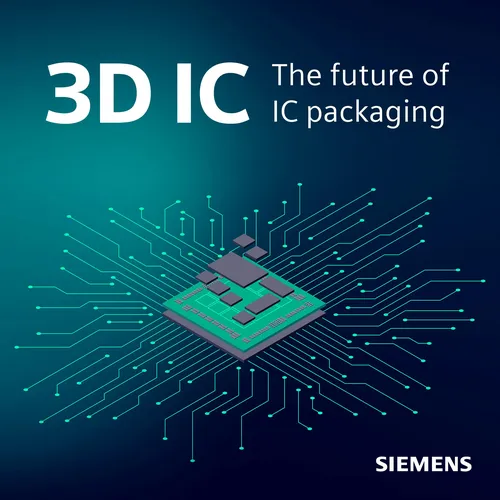Why SI/PI is Mission-Critical for 3D IC Success
- Author
- Siemens Digital Industries Software
- Published
- Thu 07 Aug 2025
- Episode Link
- None
How do you ensure clean, stable power and reliable signal transmission in a dense 3D IC stack without introducing late-stage surprises?
What you’ll learn…
What SI/PI means and why it’s essential for 3D IC reliability
How 3D design shifts traditional SI/PI workflows and stakeholder roles
What progressive verification looks like in practice—from architectural feasibility to detailed modeling
How new standards like UCIe and AIB add flexibility—and ambiguity—to the design process
The real-world challenges Siemens overcame with Chiplets, a smart substrate startup
Where you’ll find it….
What is SI/PI and why does it matter in 3D IC? (1:40)
How does the SI/PI flow differ from traditional monolithic designs? (3:20)
What is progressive verification, and how does it help? (5:55)
Who are the key stakeholders—and why is collaboration essential? (9:20)
The story behind Siemens’ partnership with Chiplets (11:35)
Final thoughts on the future of 3D IC and SI/PI’s role (14:05)
In this episode of the Siemens 3D IC Podcast, host John McMillan sits down with John Caka, Principal SI/PI Engineer at Siemens EDA, to explore why signal and power integrity (SI/PI) analysis is more vital than ever in 3D IC workflows—and why progressive verification is key to managing complexity at every stage of design.
Together, they unpack the evolving demands of SI/PI in 3D IC architecture, from early planning to vendor-specific IP verification. You'll learn how multidisciplinary teams—spanning layout, thermal, mechanical, electrical, and packaging—must align in parallel to make next-gen designs successful.
This episode also shares behind-the-scenes insight into Siemens’ recent collaboration with Chiplets, highlighting the EDA tool flexibility and scalability needed for today’s massive pin-count designs.
Ideal for SI/PI engineers, 3D IC architects, packaging teams, die designers, layout specialists, and system-level verification professionals.
Connect with John McMillan
Website
Connect with John Caka
Website
